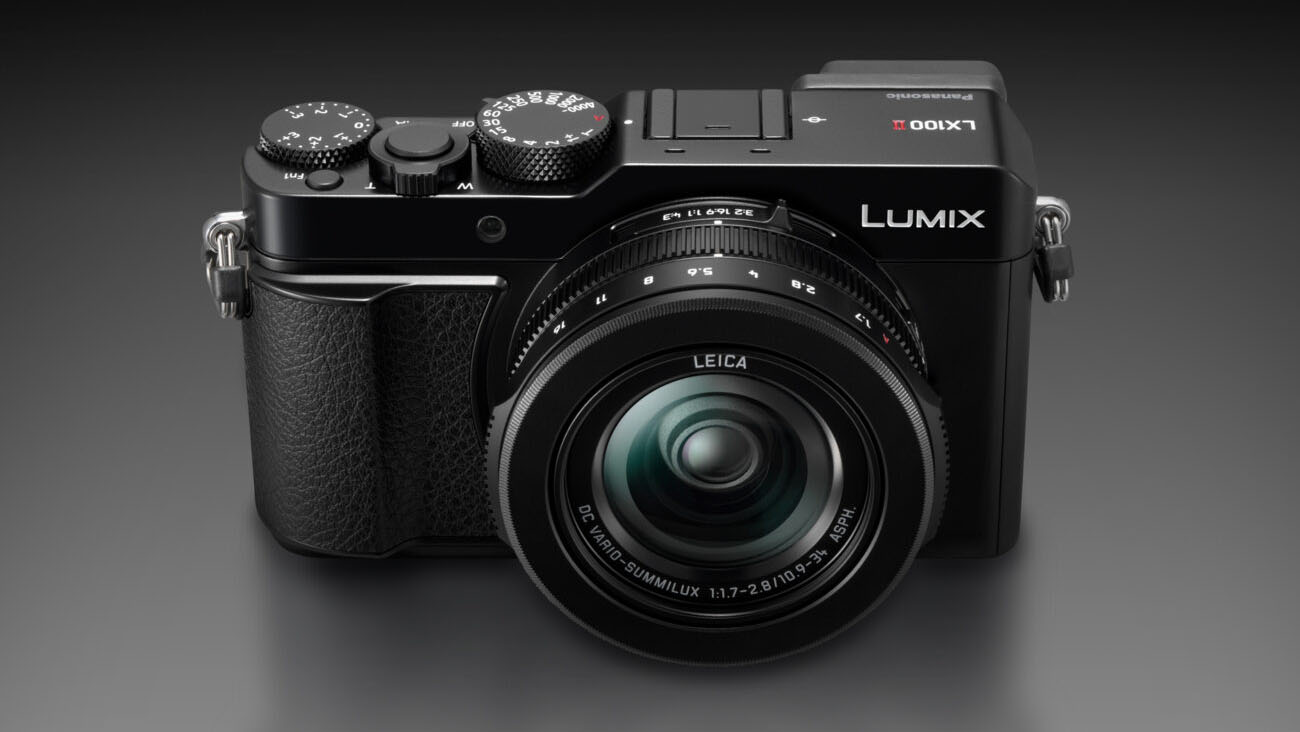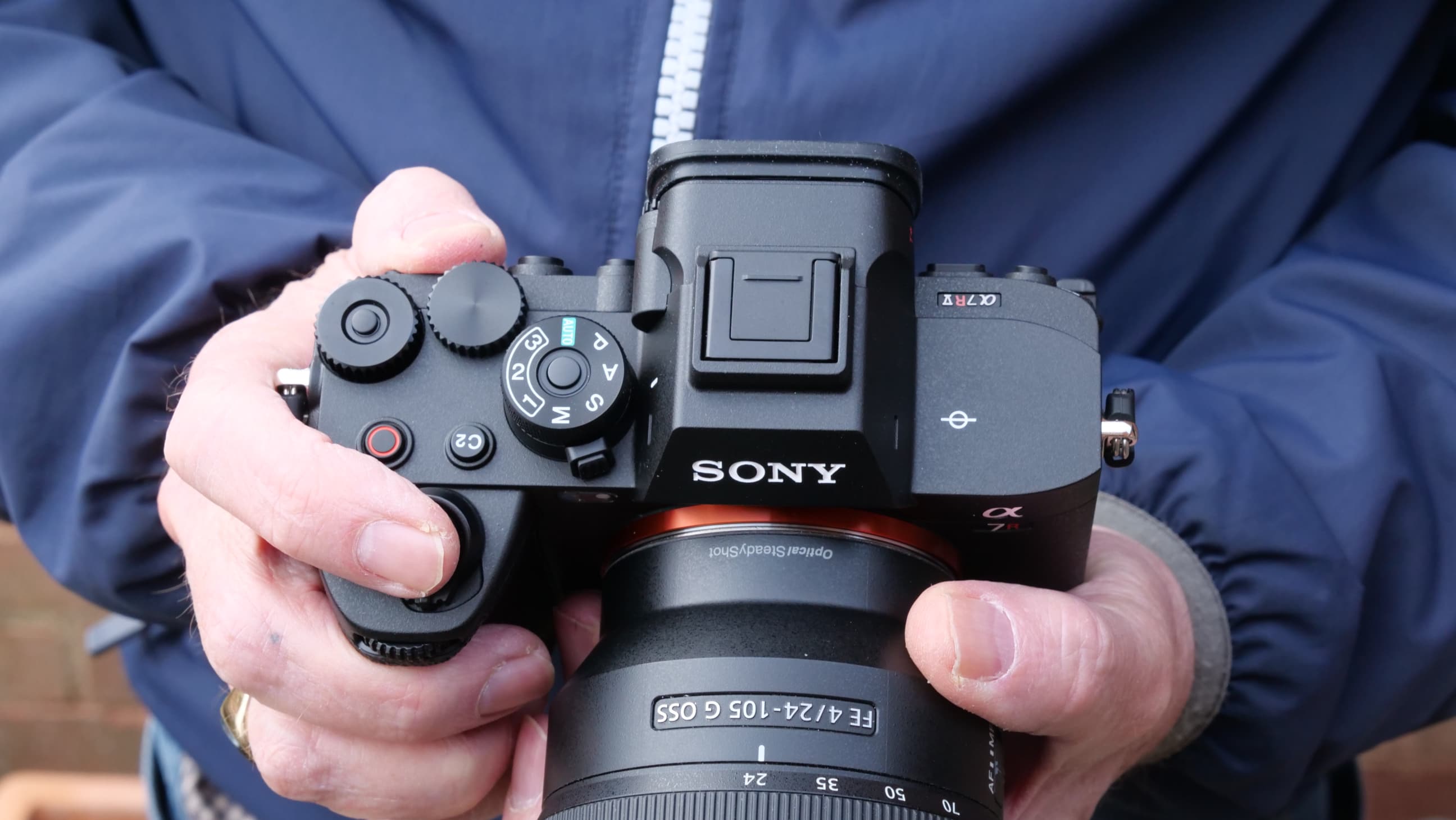Trendy compact cameras like the Fujifilm X100VI and Ricoh GR III are missing a key feature. This old camera has it
The Panasonic LX100 II offered zoom with a large sensor...and a competitive price

The trendiest compact cameras mix a small body with a large sensor. But among some of the best-selling compacts like the Fujifilm X100VI and the Ricoh GR III, there’s a key feature missing: zoom.
The larger the sensor is, the larger the lens needs to be, and pocketable cameras often have to decide between a large sensor or a large zoom lens. That’s part of the reason why compact cameras with APS-C sensors like the X100VI and GR III, or even full-frame compacts like the Sony RX1R III and Leica Q3, use fixed, non-zooming lenses.
But, zoom wasn’t always hard to find on a compact camera. The Panasonic Lumix LX100 II, a compact camera launched in 2018, packed a 24-70mm equivalent lens on a compact camera with a Micro Four Thirds sensor. But, the LX100 launched well after the compact camera’s peak and before the small camera’s resurgence, leaving the LX100 II quietly discontinued in 2022 and now only available used.
Similarly, the Canon G7X Mark III offered a 24-100mm equivalent lens on a compact camera with a stacked one-inch sensor. The G7X series’ viral status among influencers, however, means the camera is hard to find – and Canon Japan has only just expanded production to try to keep up with demand.
As trends bring back the compact camera category, however, I think an advanced compact camera with zoom, like the LX100 II and G7X Mark III could carve out a strong niche. Zoom lenses give compact cameras more versatility – and give compact cameras another point in the game against smartphone cameras.
As a professional photographer, I understand the value of a non-zooming prime lens – in fact, I use them more often than zoom lenses on my mirrorless camera because of the ultra-bright aperture.
But photographers aren’t the only ones bringing back compact cameras. Influencers, digital minimalists, and travelers are also helping to drive the resurgence in compact cameras. A compact camera without zoom may feel more limited than a triple-lens iPhone, especially for users who have never used a dedicated camera before.
The best camera deals, reviews, product advice, and unmissable photography news, direct to your inbox!
Compact cameras with large sensors like the X100VI and GR III already beat out smartphones' sensors, and adding a bright but versatile zoom lens feels like a no-contest win between smartphones and advanced compact cameras.
Compact cameras with large sensors and zoom aren’t completely non-existent. The Leica D-Lux 8 shares a lot of features in common with the discontinued LX100 II, including the zoom lens and Micro Four Thirds sensor. The Sony RX100 VII offers even more zoom with a 24-200mm lens on a smaller one-inch sensor.
But, both of those options are pricey cameras that sell for more than an entry-level mirrorless camera. The Leica D-Lux 8 retails for $1,915 / £1,499 / AU$2,790; the Sony RX100 VII $1,700 / £1,200 / AU$1,900.
A used LX100 II is slightly less expensive, but many sit at a used price more than the suggested retail of $1,000 from when the camera first launched, now that the discontinued camera is hard to find.
Panasonic already has the Lumix ZS99 / TZ99, which has zoom, but a small sensor. The ZS99 is so popular that Panasonic upped the original list price, and the compact seems regularly out of stock. If there’s one compact camera that I would want Panasonic to bring back, it would be the LX100 series.
I suspect a compact camera with zoom, a large sensor, and a competitive price could be a hit.
You may also like
Browse the best compact cameras – or the small mirrorless cameras that are cheaper than some compact cameras.

With more than a decade of experience writing about cameras and technology, Hillary K. Grigonis leads the US coverage for Digital Camera World. Her work has appeared in Business Insider, Digital Trends, Pocket-lint, Rangefinder, The Phoblographer, and more. Her wedding and portrait photography favors a journalistic style. She’s a former Nikon shooter and a current Fujifilm user, but has tested a wide range of cameras and lenses across multiple brands. Hillary is also a licensed drone pilot.
You must confirm your public display name before commenting
Please logout and then login again, you will then be prompted to enter your display name.

